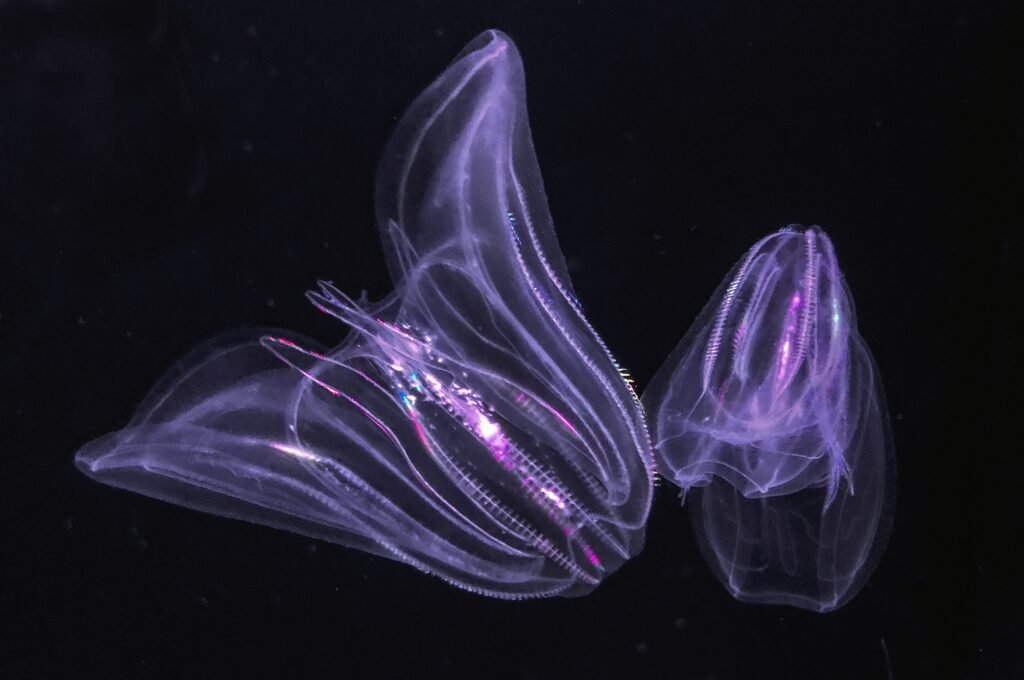NASA plans to grow plants on the moon by 2026
NASA on the Artemis III mission in 2026 plans to grow plants on the moon that could revolutionize space exploration. NASA will use space technology to grow plants on the lunar surface.
This space technology is known as LEAF (Lunar Effects on Agriculture Flora) which is underway. It will investigate the sustainability of cultivating plants in a compact lunar greenhouse to write a new chapter in the history of space travel.

Three experimental plants are selected to be launched to the moon in 2026, including 2026 LEAF. Space Lab Technologies of Colorado created it.
The intended plants, include Brassica rapa, thale cress, and duckweed. Scientists will keep them in a shielded growing chamber to protect them from potential space threats and to enable real-time development monitoring.
Deputy Administrator of NASA, Pam Melroy highlights the significance of these experiments from a scientific standpoint. It emphasized their role in solving the most critical matter related to lunar and Interplanetary exploration.
The miraculous plant known as duckweed has a higher protein content than most food crops and is resilient to many obstacles. As a result, duckweed is the preferred food crop for upcoming space colonies due to its sustainability as an oxygen and food source.
However, another experimental plant, Brassica rapa rapidly grows. Hence, it has a better chance of finding effective space homes away from Earth.

Click here to read updates on NASA’s plan to save humans if the Earth ends
Although this is the first time NASA plans to grow plants on the moon in 2026. The significant development came following studies on the lunar regolith and experiments conducted on the International Space Station.
Developing the skill of space gardening or growing plants in space becomes beneficial and crucial for establishing long-term settlements on the Moon or traveling to Mars.
However, moving this technology into the harsh space environment presents several difficulties. It includes extreme temperature, high radiation, and a lack of familiar soil and gravity. Hence, it is necessary to overcome these challenges to establish a life in the space realm.
Read More:
- Sea creature turns into a baby when it is stressed out showing time travel
- Realme Narzo 70 Turbo 5G launch date, features, specifications & price
- European Space Agency printed 3D metal part in space for first time
- Earth’s mysterious Alaska triangle where over 20,000 people disappeared
- Philips Hue launched a new smart lighting solution for kitchen
- NASA to launch life-searching spacecraft to Jupiter’s moon Europa
Share this content:










Post Comment